An introduction to the loose parts play theory, the benefits of loose parts play, and how to implement loose parts play in your home.
Over the past two years, we have been donating the majority of our toys, and instead implementing the loose parts play theory in our home.
Today, I want to expand on what the loose parts play theory is, the benefits of loose parts play, and how to implement loose parts play in your home.
Enjoy! Happy loose parts playing!
Our history with loose parts play theory
In 2019 Lennox started attending a play-based, cooperative preschool where I met marvelous Mrs. Jo, Lennox’s teacher.
Mrs. Jo is fantastic, and her fervent philosophies have become a massive inspiration in my parenting techniques.
Related: 13 Tips to Prepare your Toddler for Their First Year of Preschool.
One of the first things she showed me when she came over for a playdate to meet Lennox before the school year started was a fantastic book by Lisa Daly and Miriam Beloglovsky called Loose Parts: Inspiring Play in Young Children.
Mrs. Jo is implementing loose parts in her play-based curriculum. On the days that I am the cooperative parent, it is enthralling to see this theory put into action and see truly how beneficial it is for children and adults of all ages. As Mrs. Jo said to me just yesterday when I told her how excited I was to share this post:
“Play doesn’t have to end with childhood. It shouldn’t!!!”
-Mrs. Jo
Keep reading to find out why it is time for you to chuck (well, donate) the toys and implement loose parts in your home
What is the loose parts play theory?
All of the information in the post comes from the book Loose Parts: Inspiring Play in Young Children by Lisa Daly and Miriam Bloglovsky.
Before getting to the nitty-gritty of loose parts, it is advised that children three and under should be closely monitored due to their curiosity of putting things in their mouths. Loose parts can pose a choking hazard, so please make sure there is constant supervision.
Loose Parts are “beautiful found objects and materials that children can move, manipulate, control, and change while they play. (Daly and Beloglowsky, 3 )
Have you ever noticed that amid a sea of toys, your child is more interested in a box, Or a random spatula that he found in a drawer? Or how about that Windex spray bottle that you left behind after cleaning the storm door.
Why, after spending hundreds of dollars on the cutest toys that you wish you had when you were younger, is your child more interested in these items? It’s because it is novel. They are items not introduced in his/her standard play setting. They may be prohibited, and/or it sparks his/her curiosity.
Children want to explore. They want to test their limits. They are curious about the way things work. Unlike toys, which have one sole purpose, loose parts— a stone, pinecones, wine corks— offer “infinite play possibilities” (4).
In the picture below, Lennox has storage container lids. He played with these lids for a good 30 minutes. I’m not sure exactly what he was using them for, but he could have been making train tracks or building a bridge. Who knows. What I do know is that he sure was using his imagination and creating something.
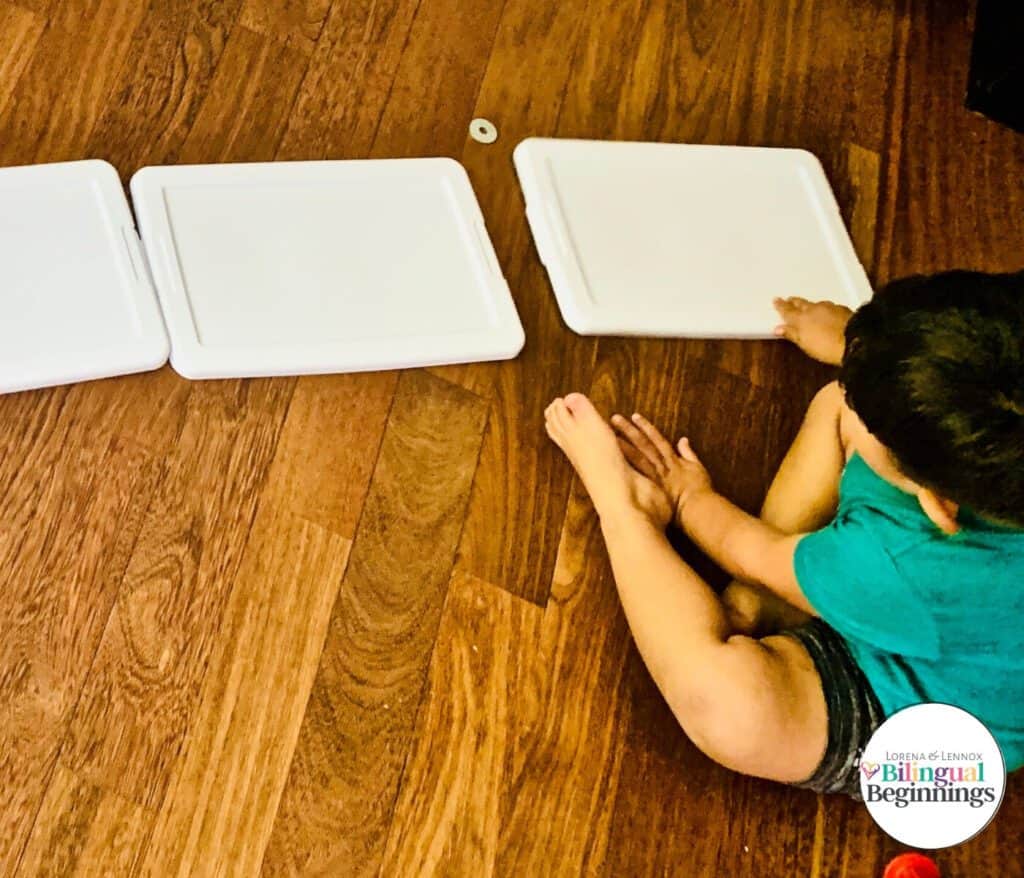
Where is the best place to find loose parts?
In the outdoors. Daly and Beloglovsky mention that the beach is a perfect example of a place with an abundance of loose parts. Children love the beach. There is an endless number of natural elements to keep them busy; seashells, sand, water, sand crabs, etc. Add buckets and shovels to the mix, and your child is in limitless play heavens.
One of our favorite things to do in the summer is to take Lennox to the Patapsco River. It is one of the places where we can spend hours at a time because Lennox can explore all of the rocks, sticks, leaves, water, etc. and have an utterly tantrum-free day.
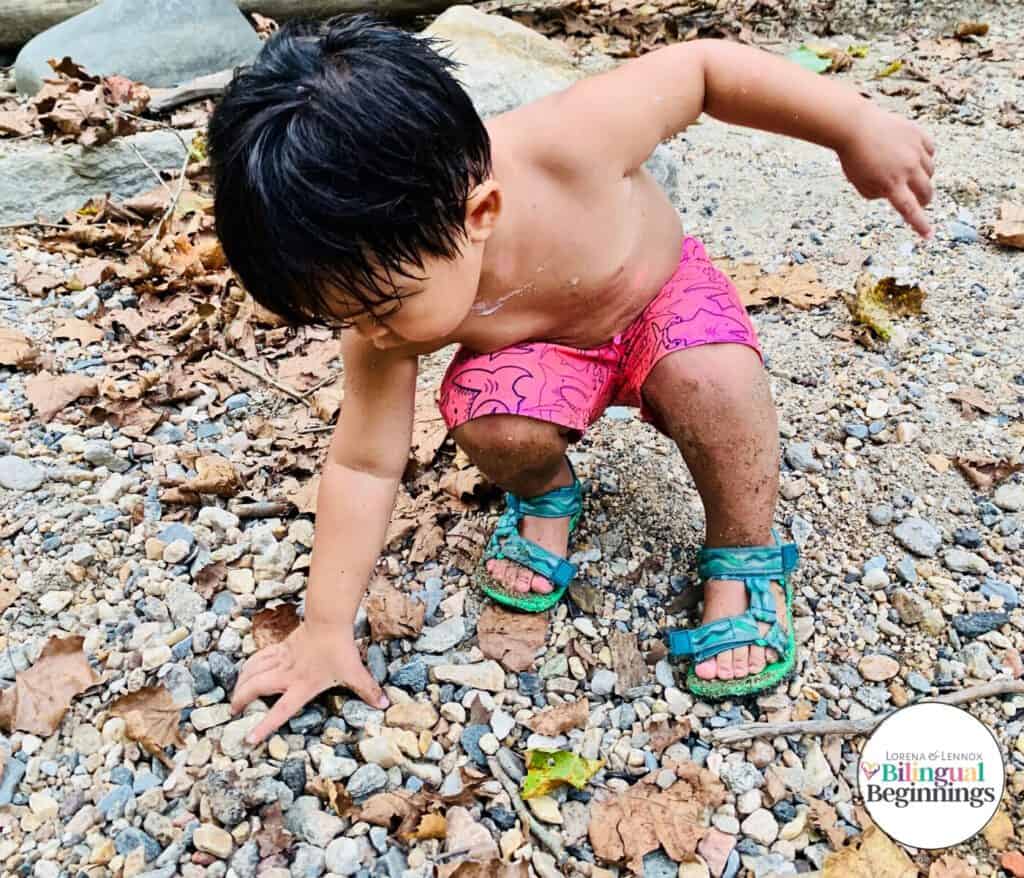
I’m sure you have noticed the difference in your child’s behavior when they are outdoors and free. Children are not meant to be kept indoors at all times. Nonetheless, the laundry needs to get done. Dishes need to be washed and inclement weather happens, which requires us to stay indoors. Using Loose parts does not only occur outdoors. You can bring it indoors as well.
Bring out pots and pans, kitchen utensils, containers, maker caps. There is truly no end to loose parts. Just take a basket and throw a bunch of items in there and watch your child have a heyday. It will be so novel and entertaining to them, that you will be surprised at their independent play.
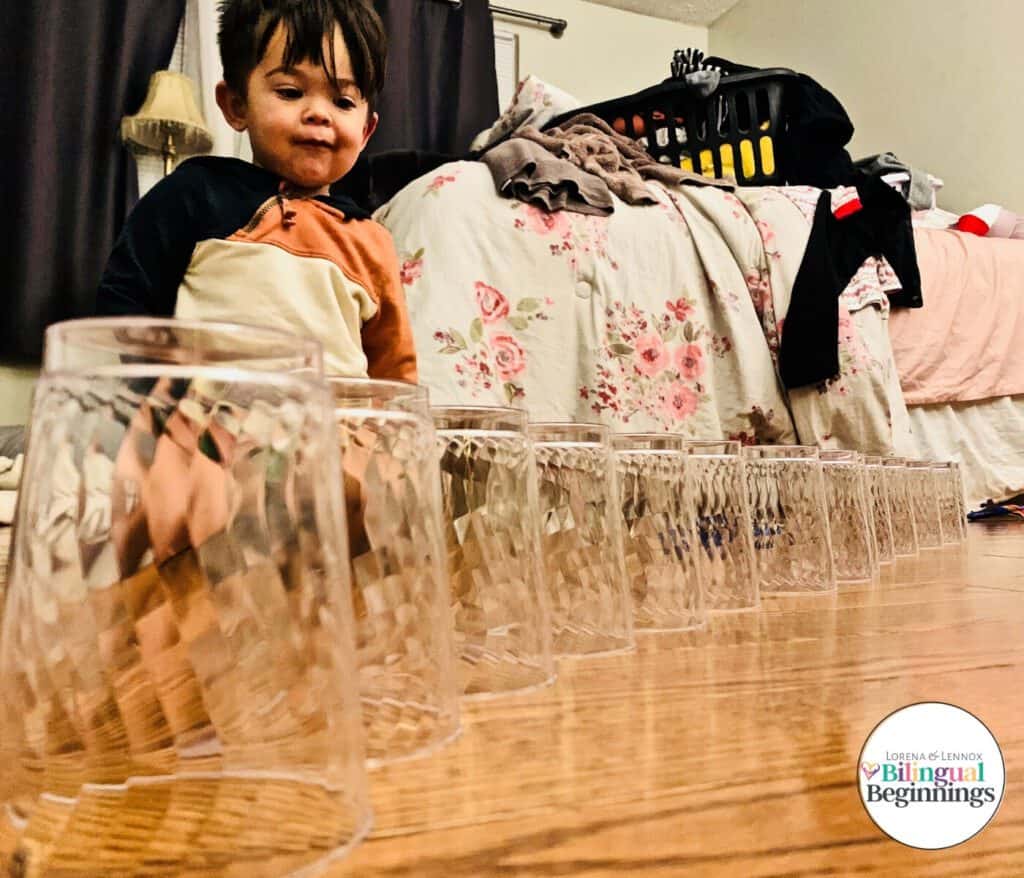
What are the values of loose parts?
Daly and Beloglovsky provide a comprehensive outline of the values of loose parts in the introduction of book Loose Parts: Inspiring Play in Young Children (pages 1-20). I want to summarize and expand on some of these values, but to get the full idea, I recommend buying the book. It offers many images and examples of ways you can utilize loose parts in your everyday life.
the Loose parts play theory…
// “promotes active learning.”//
“Loose parts help children actively construct knowledge from their own experiences.” (6)
A few months ago, Mrs. Jo shared a story with me. It is the perfect example of how children construct knowledge of their past experiences through loose parts.
She said she had a preschool student who had had several people in her family recently pass away. One day the little girl was outside, and for the entirety of the class, she was using cones and other loose parts to create something. Mrs. Jo left her to her work and did not allow anyone to interrupt her creative flow. The little girl later explained to Mrs. Jo that it was the cemetery where her family lay. How sweet and heartbreaking is that?
Through loose parts play, the little girl had the freedom to express her creativity and represent her way of understanding the world.
//”deepens critical thinking.”//
//”promotes divergent and creative thinking.”//
The open-ended, multipurpose of loose parts allows kids to be creative and critical thinkers. They stimulate children and provide a wide array of opportunities. In a social and educational setting, they provide problem-solving skills, communication, and connections.
Last week when I was the coop parent, I observed four boys in Lennox’s two-year-old class, all playing with different loose part items in the Jurassic sandbox. (Side note- this sand is fantastic. It is natural orange sand from the desert. It is dust and chemical-free, and it is great for in or outdoors.) After a while, they all started to partake in the same play scenario. I couldn’t exactly tell you what they were doing, but they were having a blast.
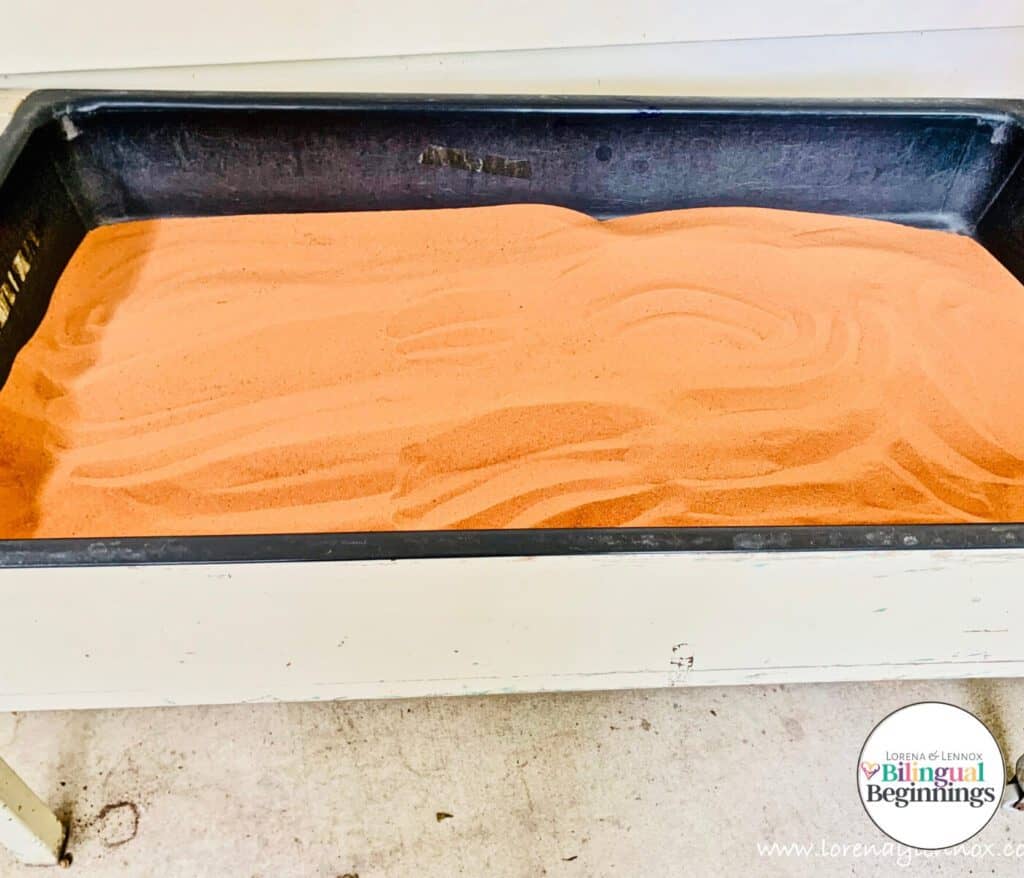
I heard one of the boys say rocket as he filled a funnel, with Jurassic sand and flew it into the air while the sand came out of the end. So creative.
Another thing that I have observed during my coop experiences is that the children tend to argue more over toys than they do with the loose parts. Daly and Belooglovsky mention a study by Marc Armitage regarding loose parts play in an educational setting. The study revealed that:
“providing loose parts significantly enhanced inclusion for all children and helped improve children’s relationships and self-confidence. Additionally, play with loose parts increased children’s collaboration, negotiation skills, risk-taking, conflict resolution, communication, and problem-solving.” (10)
//”supports developmental domains.”//
/Physical/
Loose parts help children develop confidence in their bodies through the fine motor of small objects and gross motor through larger objects.
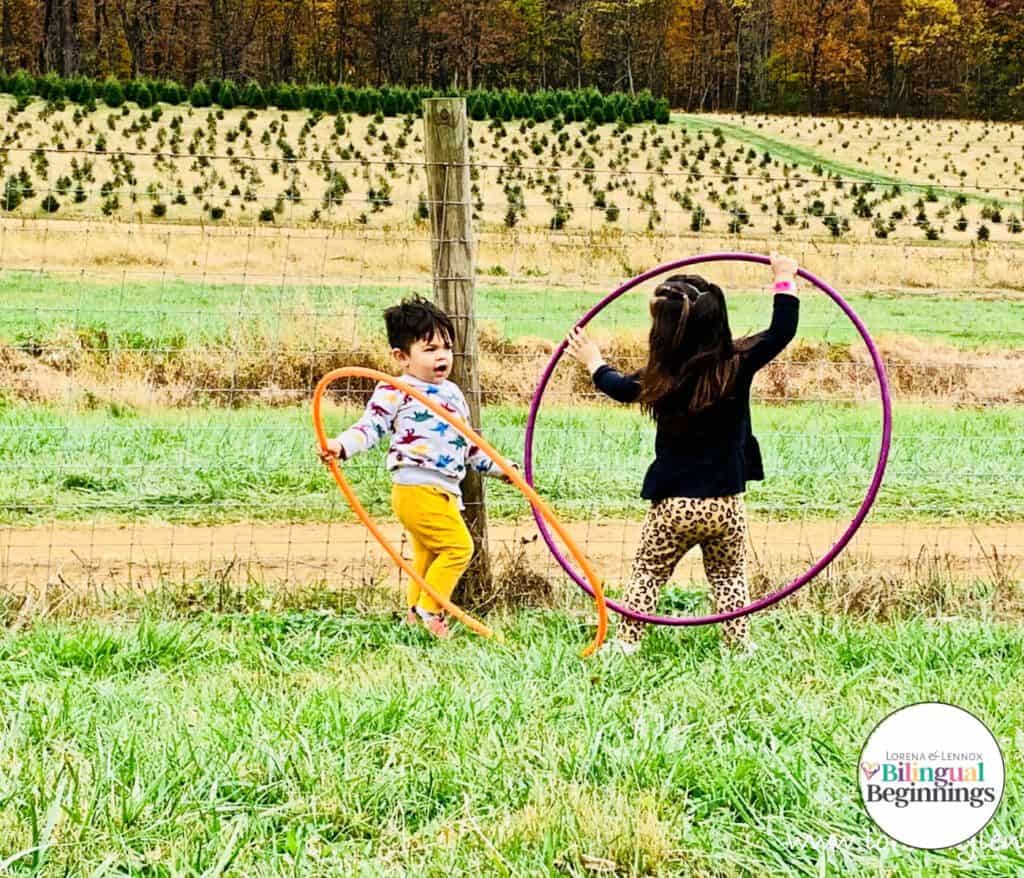
/Social-economic/
Going back to my story about the four boys playing with the Jurassic sand; loose parts provide a sense of belonging and foster collaboration among children.
They also pave the way for risk-taking. It is essential to give children the necessary space to explore loose parts and discover their boundaries and limits. Freedom and independence allow them to understand their own strength and ability and gives them a great sense of power.
“Being overprotective can inhibit development.” (ibid)
I agree 100% with this. Children are curious. The more you tell them no, they can’t do this, or no, they can’t do that; the more interested children are in doing this or that.
Take yesterday, for example. Lately, Lennox has been interested in scissors. Yesterday, he was going around to see what he could or couldn’t cut. I monitored him very closely but gave him an adequate amount of space to let him explore and practice his fine-motor skills in the meantime. Well, he decided to see if he could cut his favorite Llama pacifier, and well, he did. Now he can no longer get suction on the pacifier. He was very sad, but he learned a lesson. He would not have learned this lesson if I had simply said no.
Not much later, I was working on this post, and Lennox was playing in my room when all of a sudden, Lennox comes running to me, saying, “mommy, mommy, mommy.” He had found a pair of cuticle clippers that I had left on my vanity the night before.
· /Cognitive/
//”is developmentally inclusive”//
Children of all ages, cultural backgrounds, class, gender, and abilities can take part in loose parts play.
I feel comfortable with Lennox in his preschool setting. Since we only speak to him in Spanish at home, loose parts help him to feel included, all while encouraging communication with his new preschool friends. Loose parts also help to avoid exclusion because there is no monetary value on these parts. There is no, who has the best or coolest toy, which results in few, if any, disputes.
Related: 13 Facts Parents Who Want to Raise a Bilingual Child Need to Know
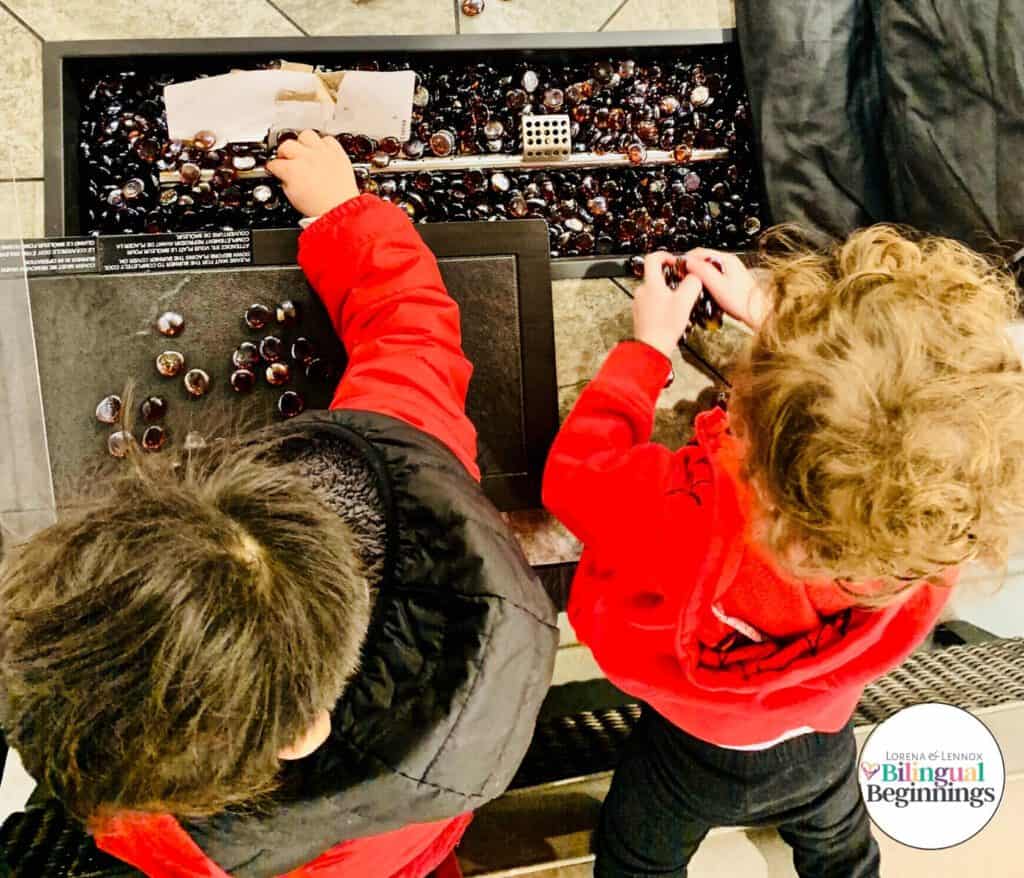
//”promotes a wide range of play.”//
· /Functional play/
Helps children discover what objects are like and what can be done with them.
/ Constructive play//
/Dramatic and symbolic play/
//”is sustainable and economically feasible.”//
Here is the best part. Loose parts are free and even better, they encourage reuse and recycling of products.
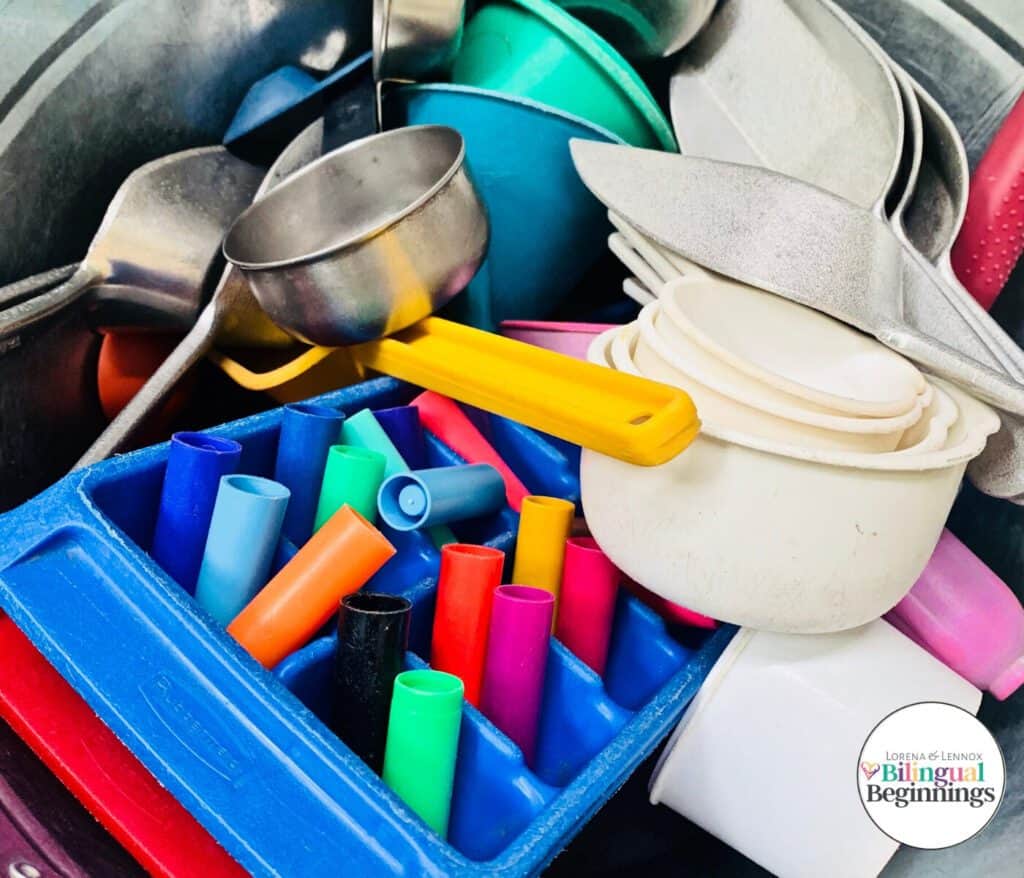
// “supports the curriculum.”//
Lastly, loose parts fit the curriculum, and I believe this theory should be implemented in all classrooms.
/Math/
Sorting, combining, separating, color, type, number, class
/Physical Science/
Stacking, movement, sound, size, shape, material, magnetic, sound, size, shape, material
/Dramatic and symbolic play/
Complex stories, scripts, past understanding experiences, engagement in representations, communication, planning
/Language and literacy/
Promotes language development, storytelling, describing, complex words.
/Art/
Drawing, collaging, exploring, extending ideas
/Sensory Exploration/
Sight, sound, touch, smell, taste, colors, tactile qualities, smooth, rough
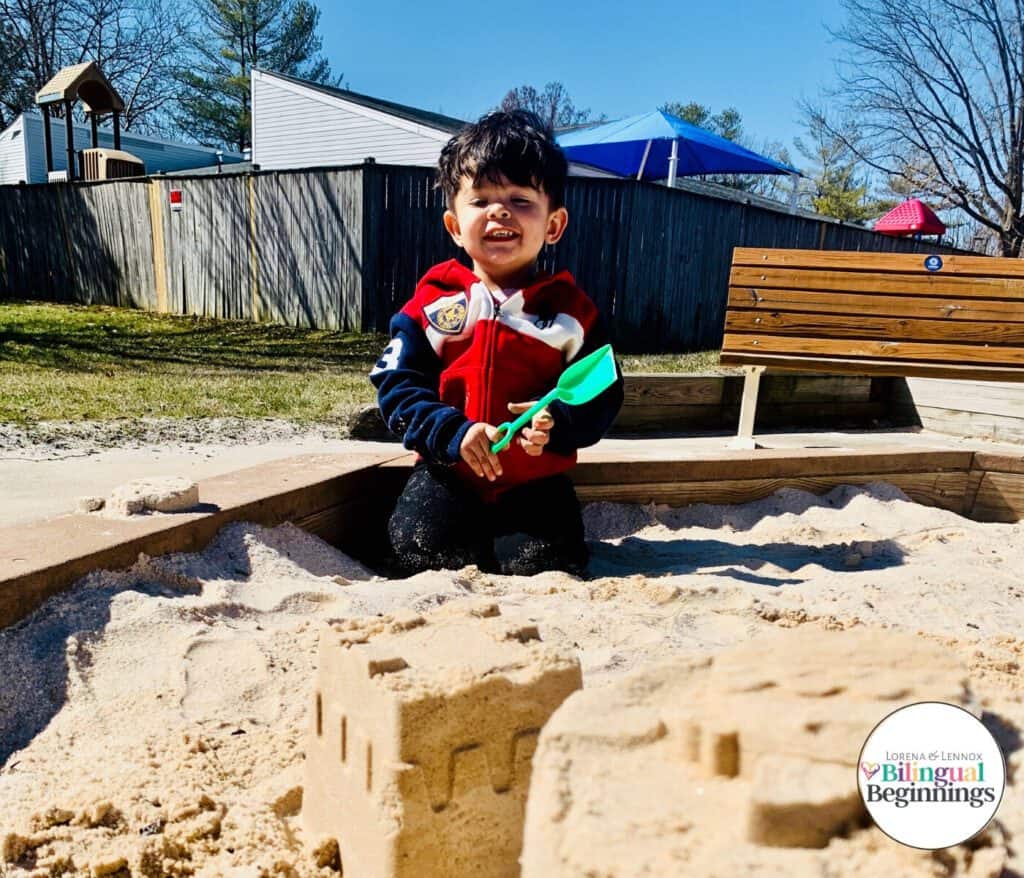
/Movement and music/
Rhythm, banging, hitting items.
I tried to summarize the most important factors of the introduction, but there is so much more information that is useful in understanding the theory of the loose parts.
I am going to conclude by saying that I think even if you think this theory sounds crazy, give it a try, and I assure you will be surprised by how entertained your child will be. Not only will he be entertained, but he will be actively and independently learning.
Some ideas that I have used as loose parts play theory around and outside the house are:
- Pouch tops
- Corks
- Cotton balls
- Pom poms
- Dominos
- Pots and pans
- Old kitchen utensils
- Condiment containers
- Empty spray bottles (make sure to clean them out first)
- Popsicle sticks
- Plastic cups
- Marker tops
- Bells
- Plastic ornaments
- Acorns
- Rocks
- Pinecones
- Leaves
- Sticks
Get inspired, and save some money in the meantime. Please let me know if you have any questions whatsoever regarding loose parts, and please drop me a comment below if you like, love, or are super skeptical of loose parts. Or, if you already do loose parts at home, share and fun stories you might have!
Thanks for reading as always!!
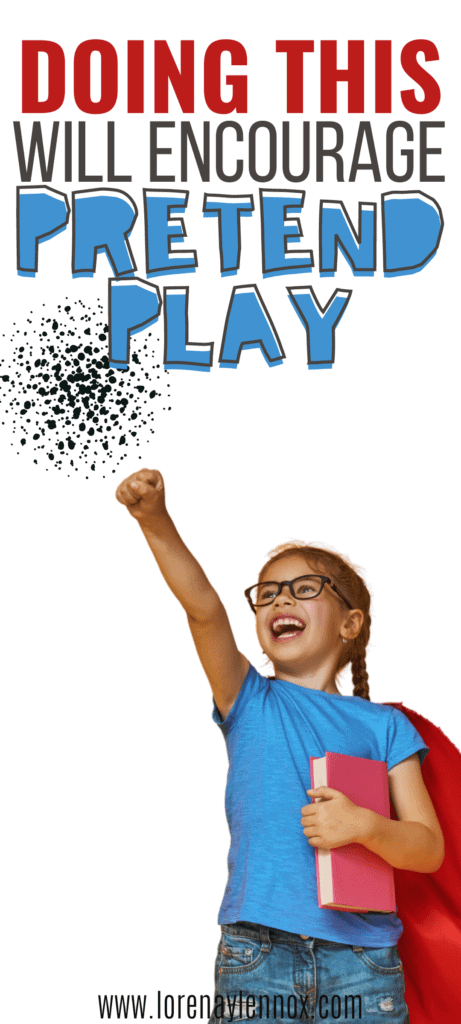
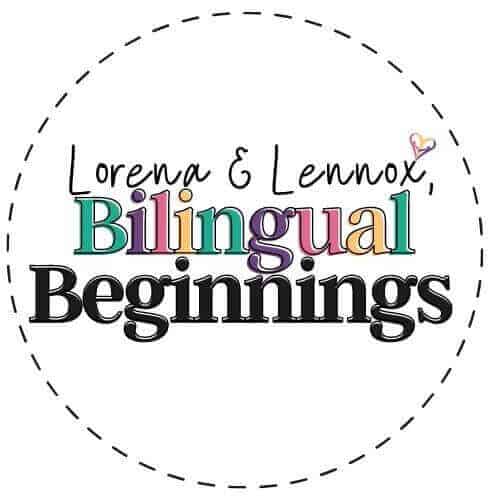
cendu
Friday 20th of December 2019
i love love love this idea! I'm all for open ended play that lets our little ones use their imagination and make their fun. As you said, they're more often intrigued by things they aren't supposed to play with (my little guy has a mountain of toys but prefers any of my kitchen utensils LOL). I see him play with my utensils far longer than any of his toys (many of which only serve one function). I'm going to start incorporating ore loose parts in our play! Great read!
Lorena Ruprecht
Wednesday 1st of January 2020
Cendu,
Yes, please do and If you are interested, maybe we can collaborate together one day over loose parts =)
Tamra
Thursday 19th of December 2019
This is a very interesting post! I definitely want to consider this!
Lorena Ruprecht
Wednesday 1st of January 2020
Please, do. Your little ones, or not so littles will love the idea! As Lennox's teacher said, "you're never too young for play."
Erin
Friday 15th of November 2019
I absolutely love this and can’t wait to pick up this book!
Sarah
Wednesday 13th of November 2019
You know when you find that one great post.... some 10 years too late... yeah thats this post! Reality is I believe my kids got more fun out of destroying my kitchen than they ever did out of the zillions of toys they owned! (and now they just want tech stuff....)
Mellissa
Wednesday 13th of November 2019
This is perfect! My three year old has been collecting loose parts for a while. His favorite thing to is it to match them. I think I'll be more intentional in replacing his toys with them in the future! Thanks for sharing!